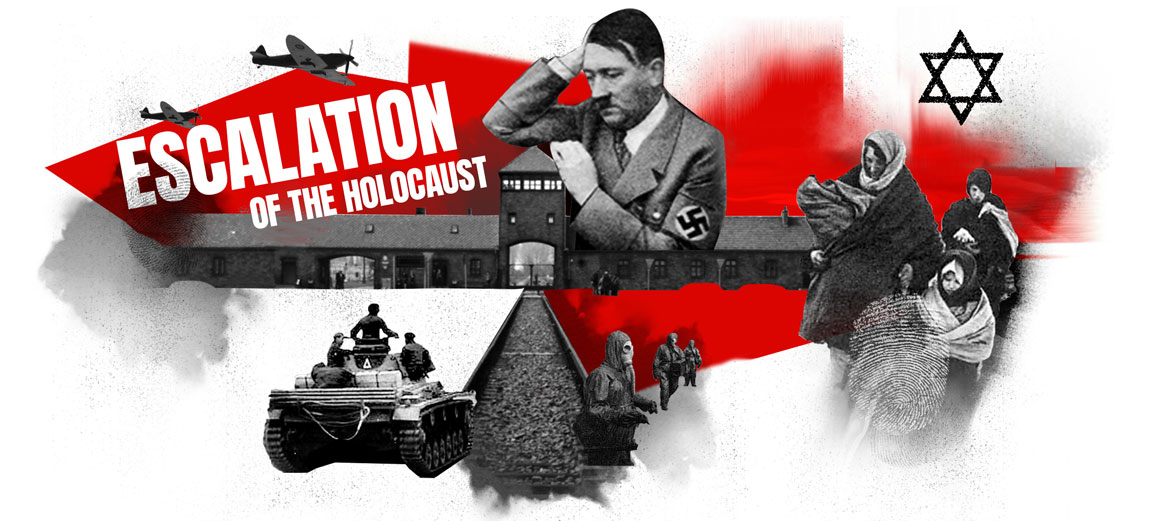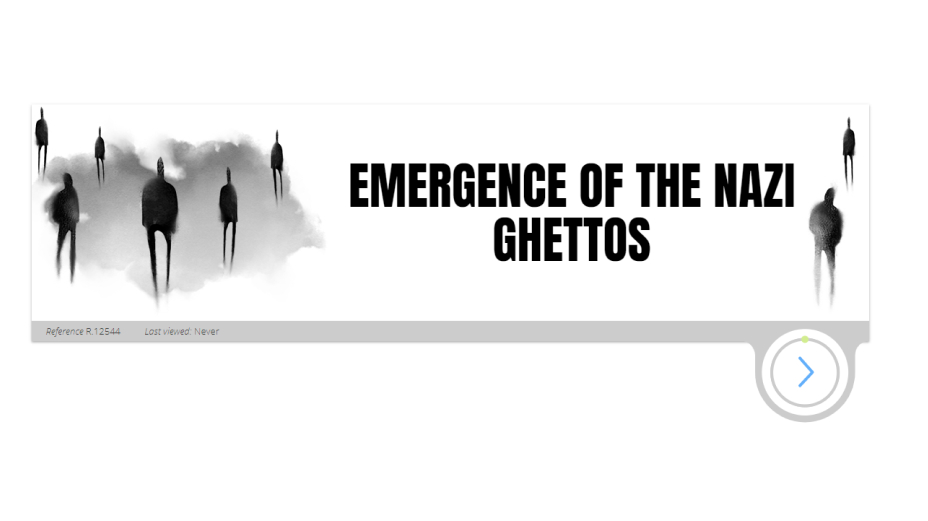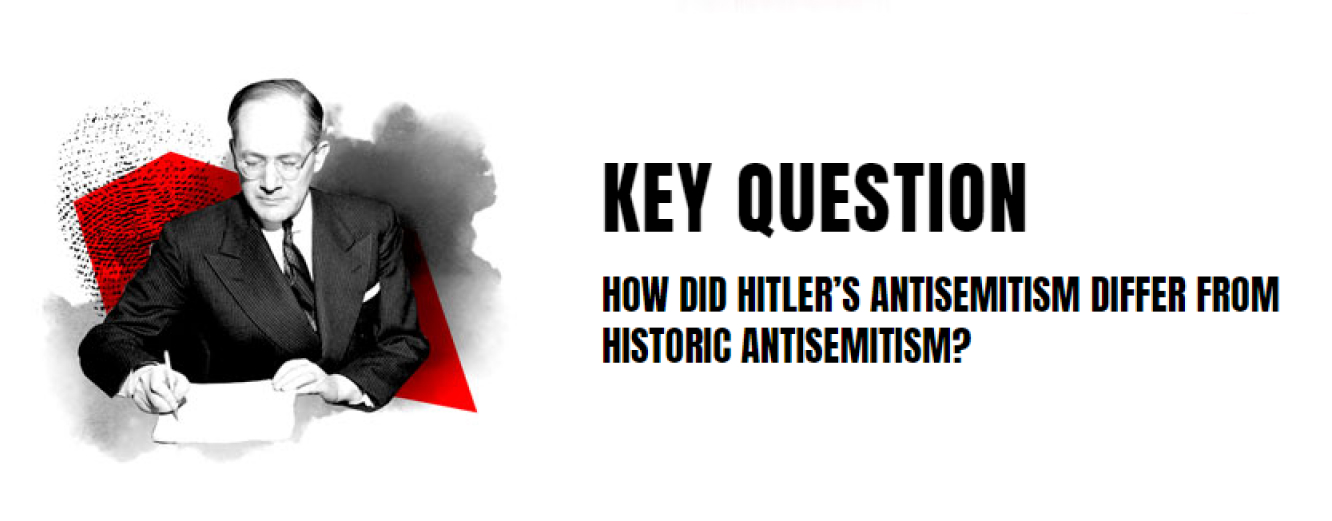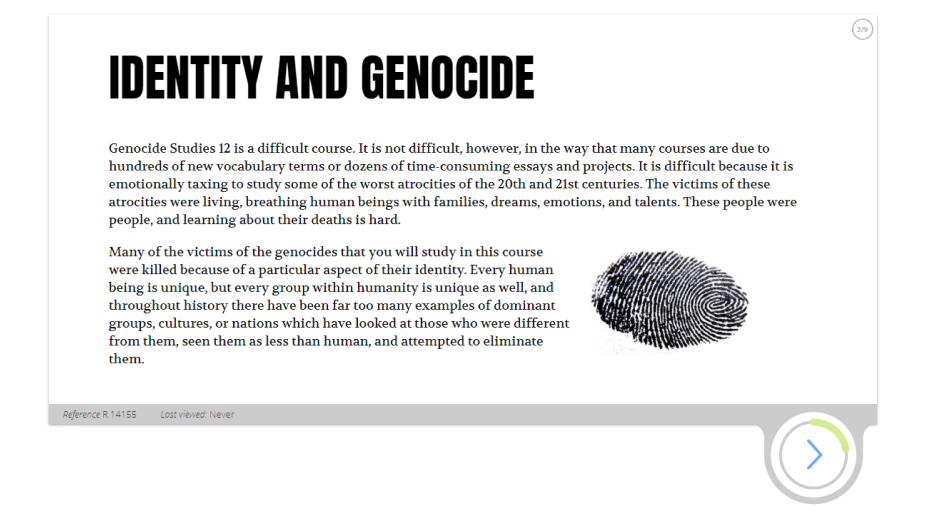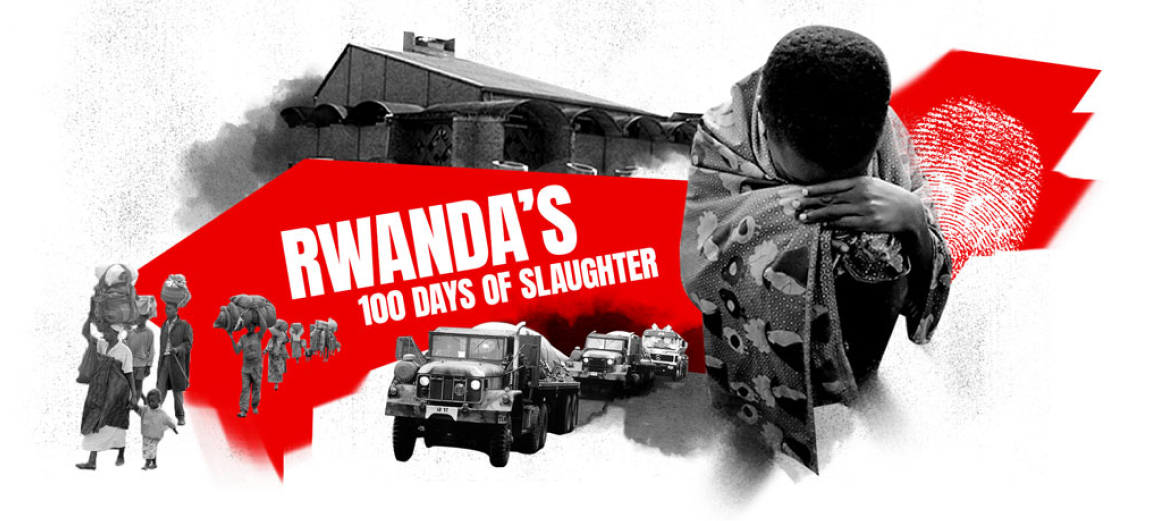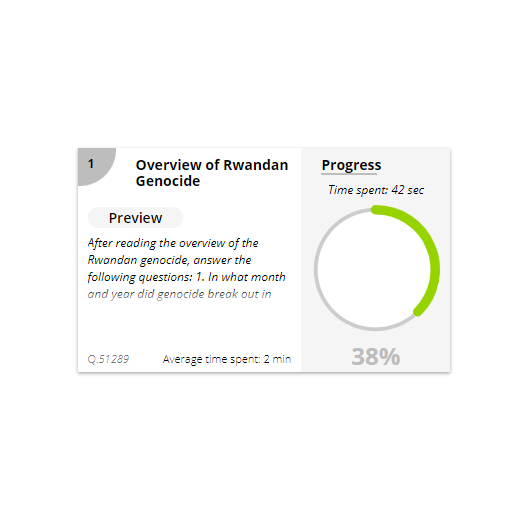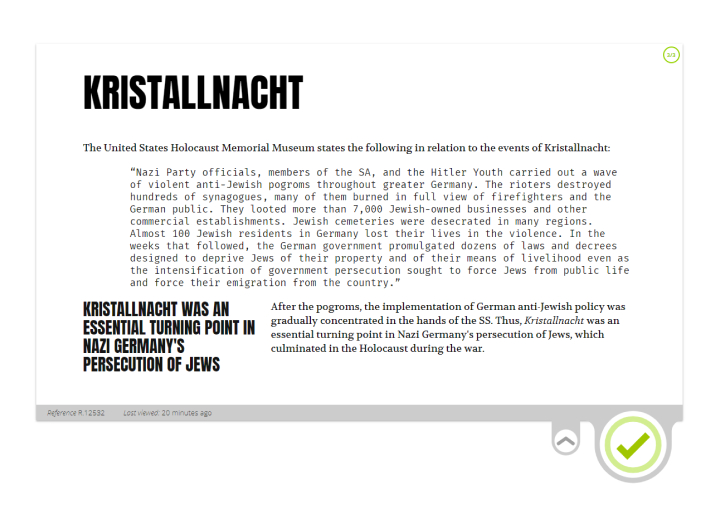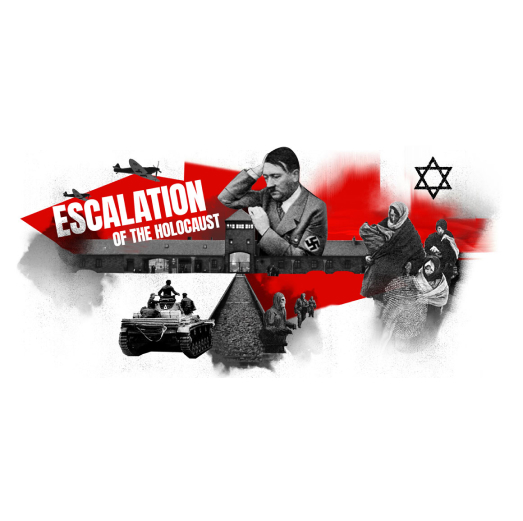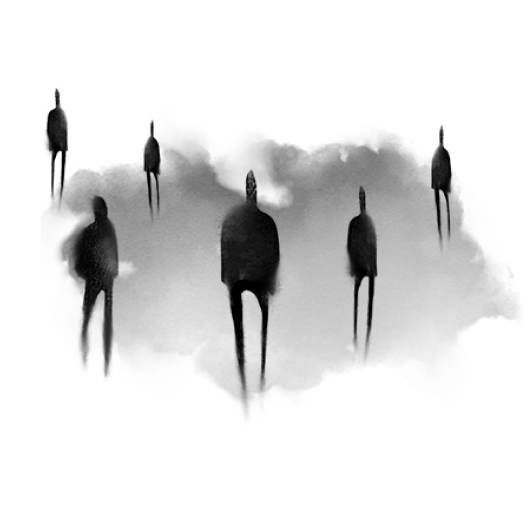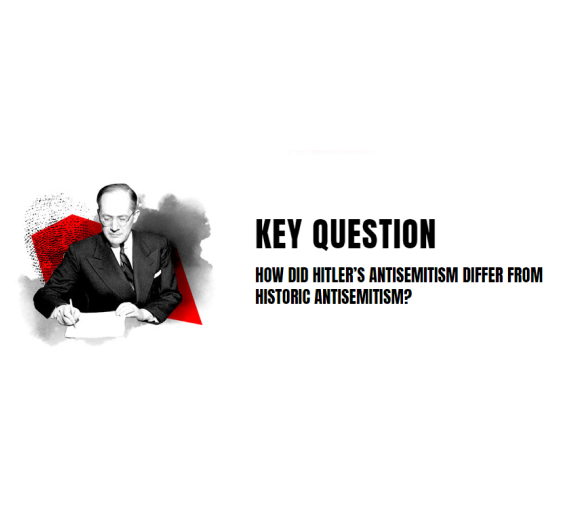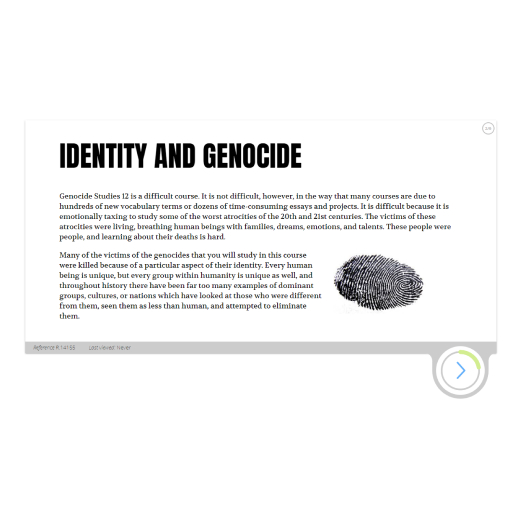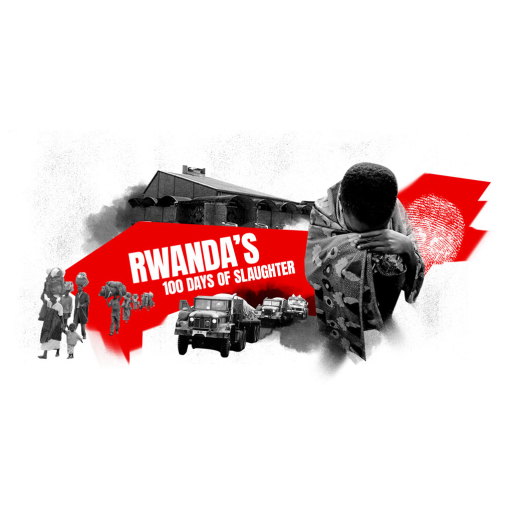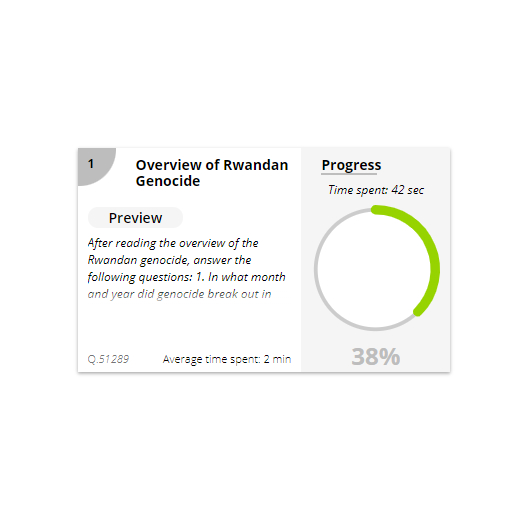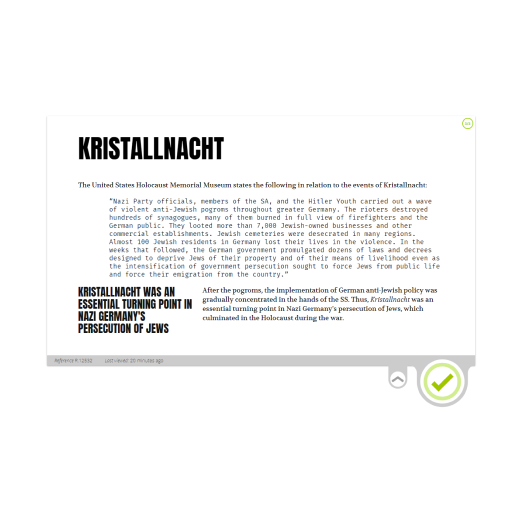Genocide Studies 12
At the end of World War II, the world was shocked by images of emaciated people, piles of dead bodies, and stories of millions of civilians slaughtered. Faced with the reality of the horrors of the Holocaust, the world said, “Never again.” But though the world said “never again,” genocide has happened again and again. And it may even be happening now. Genocide Studies 12 shines a light on some of the darkest atrocities in human history, telling stories that are very hard to hear. But every generation must look. Every generation must see. Every generation must testify, “These things happened, and these things were wrong, and we must ensure that these things never happen again.” The goal of this course is not that students become cynical, jaded, or desensitized to the monstrous things that one person can do to another; instead, the hope is that students will be aware, informed, and become a part of a new generation that will say, “Never again,” and then actually make it come true.
Table of Contents
*Each lesson is designed to take 60 – 90 minutes to complete with the exception of major projects and assignments.
Lesson 1: Identity
Lesson 2: Genocide: A Crime Like No Other
Lesson 3: Raphael Lemkin
Lesson 4: Other Definitions of Genocide
Lesson 5: The Stages of Genocide
Lesson 6: Who is Who in Genocide
Lesson 7: Humanizing Genocide Victims
Lesson 8: Worse Than War
Lesson 2: Genocide: A Crime Like No Other
Lesson 3: Raphael Lemkin
Lesson 4: Other Definitions of Genocide
Lesson 5: The Stages of Genocide
Lesson 6: Who is Who in Genocide
Lesson 7: Humanizing Genocide Victims
Lesson 8: Worse Than War
Lesson 1: What is the Holocaust?
Lesson 2: The Holocaust Did Not “Just Happen”
Lesson 3: Anti Semitism
Lesson 4: Escalation of the Holocaust
Lesson 5: Ghettoization
Lesson 6: Neighbour Against Neighbour
Lesson 7: Photo Narrative Assignment
Project: Unit 2 Photo Narrative
Lesson 2: The Holocaust Did Not “Just Happen”
Lesson 3: Anti Semitism
Lesson 4: Escalation of the Holocaust
Lesson 5: Ghettoization
Lesson 6: Neighbour Against Neighbour
Lesson 7: Photo Narrative Assignment
Project: Unit 2 Photo Narrative
Lesson 1: Nazi Concentration Camps
Lesson 2: Oskar Schindler
Lesson 3: The Holocaust by Bullets: The Einsatzgruppen
Lesson 4: The Wannsee Conference
Lesson 5: Death Camps
Lesson 6: The Nuremberg Trials
Lesson 7: Holocaust Denial
Lesson 8: Heroes of the Holocaust
Lesson 9: Photo Narrative Assignment
Project: Unit 3 Photo Narrative
Lesson 2: Oskar Schindler
Lesson 3: The Holocaust by Bullets: The Einsatzgruppen
Lesson 4: The Wannsee Conference
Lesson 5: Death Camps
Lesson 6: The Nuremberg Trials
Lesson 7: Holocaust Denial
Lesson 8: Heroes of the Holocaust
Lesson 9: Photo Narrative Assignment
Project: Unit 3 Photo Narrative
Lesson 1: Historical Background to Genocide in Cambodia
Lesson 2: The Killing Fields, Part 1
Lesson 3: Genocide in Cambodia, 1975-1979
Lesson 4: The Killing Fields, Part 2
Lesson 5: The Killing Fields, Part 3
Lesson 6: Post-Genocide Cambodia
Lesson 7: Cambodia’s 10 Stages of Genocide
Lesson 8: Photo Narrative Assignment
Project: Unit 4 Photo Narrative
Lesson 2: The Killing Fields, Part 1
Lesson 3: Genocide in Cambodia, 1975-1979
Lesson 4: The Killing Fields, Part 2
Lesson 5: The Killing Fields, Part 3
Lesson 6: Post-Genocide Cambodia
Lesson 7: Cambodia’s 10 Stages of Genocide
Lesson 8: Photo Narrative Assignment
Project: Unit 4 Photo Narrative
Lesson 1: Genocide in Rwanda
Lesson 2: Fueling the Genocidal Fire in Rwanda
Lesson 3: Shake Hands With the Devil, Part 1
Lesson 4: Shake Hands With the Devil, Part 2
Lesson 5: An Eyewitness to Genocide
Lesson 6: Reconstruction and Justice in the Rwandan Genocide
Lesson 7: Photo Narrative Assignment
Lesson 2: Fueling the Genocidal Fire in Rwanda
Lesson 3: Shake Hands With the Devil, Part 1
Lesson 4: Shake Hands With the Devil, Part 2
Lesson 5: An Eyewitness to Genocide
Lesson 6: Reconstruction and Justice in the Rwandan Genocide
Lesson 7: Photo Narrative Assignment
Lesson 1: Early Indigenous Relations
Lesson 2: The Indian Act
Lesson 3: Indian Residential Schools, Part 1
Lesson 4: Mangilaluk’s Highway
Lesson 5: Missing and Murdered Indigenous Women
Lesson 6: Was it Genocide?
Lesson 7: Photo Narrative Assignment
Project: Unit 6 Photo Narrative
Lesson 2: The Indian Act
Lesson 3: Indian Residential Schools, Part 1
Lesson 4: Mangilaluk’s Highway
Lesson 5: Missing and Murdered Indigenous Women
Lesson 6: Was it Genocide?
Lesson 7: Photo Narrative Assignment
Project: Unit 6 Photo Narrative
Lesson 1: Genocides of the 21st Century
Lesson 2: Darfur, Sudan
Lesson 3: The Yazidi in Iraq
Lesson 4: Genocide in Myanmar: The Rohingya
Lesson 5: Canada’s Response to Myanmar
Lesson 6: China’s Uighur Muslims
Lesson 7: Photo Narrative Assignment
Project: Unit 7 Photo Narrative
Lesson 2: Darfur, Sudan
Lesson 3: The Yazidi in Iraq
Lesson 4: Genocide in Myanmar: The Rohingya
Lesson 5: Canada’s Response to Myanmar
Lesson 6: China’s Uighur Muslims
Lesson 7: Photo Narrative Assignment
Project: Unit 7 Photo Narrative
Lesson 1: Photo Narrative Course Project
Experience a lesson as your students would
Course Features
Includes witness testimony videos and primary source materials used by permission of the United States Holocaust Memorial Museum.
